Description
Many of us likely aren’t familiar with the term “dithiophosphate,” but this class of chemicals plays a crucial, albeit often unseen, role in various industries. One specific formulation, often referred to as “DITHIOPHOSPHATE 25,” highlights the practical application of these compounds. While the number “25” likely indicates a specific concentration or a trade name, understanding the general properties and uses of dithiophosphates can shed light on its significance.
What are Dithiophosphates?
At their core, dithiophosphates are organophosphorus compounds characterized by a phosphate group where two of the oxygen atoms are replaced by sulfur atoms. This seemingly simple structural change imparts unique properties, making them invaluable in specific industrial processes. The general formula often includes a metal cation or an organic group attached to the phosphorus core.
These compounds are not naturally occurring and are synthesized through chemical reactions. The specific manufacturing methods and the attached groups affect their properties, including their effectiveness as collectors and their selectivity for certain minerals.
The “Collector” Role: Dithiophosphates in Mining
The primary application of “DITHIOPHOSPHATE 25” and its broader chemical family lies in mineral processing – specifically, in the froth flotation process. In this crucial step, valuable minerals are separated from unwanted gangue (waste material) based on their differing surface properties.
Dithiophosphates act as “collectors” in this process. They selectively adsorb onto the surface of specific mineral particles, rendering them hydrophobic (water-repelling). When air is introduced into the slurry, these hydrophobic particles attach to air bubbles and float to the surface, where they are collected separately. This process is fundamental for the efficient extraction of various valuable metals, like copper, lead, zinc, and nickel, from their ores.
Why “DITHIOPHOSPHATE 25” Might Be Relevant:
The “25” likely signifies the specific characteristics of this particular dithiophosphate formulation. It could refer to:
Concentration: The concentration of active dithiophosphate ingredient in the solution (e.g., 25%).
Specific formulation: A standardized composition with a specific type of dithiophosphate molecule or counter ion.
Trade Name: Sometimes, the numerical suffix is part of a specific product name given by the manufacturer.
Regardless, it suggests that this particular product has been optimized for use in a particular context or with specific types of ores. Mining companies often use a variety of tailored collecting agents to optimize the recovery of different minerals.
Advantages & Considerations:
Selectivity: Dithiophosphates are typically selective to sulfide minerals, making them suitable for extracting valuable metals from sulfide ores.
Cost-effectiveness: In comparison to other collectors, they are generally considered a cost-effective option.
Environmental concerns: It’s important to handle dithiophosphates responsibly, as some formulations can be toxic to aquatic life. Environmental regulations regarding their use and disposal vary by jurisdiction.
Specificity: The exact type of dithiophosphate used will depend on the specific ore being processed and the desired separation efficiency. The “25” might indicate a formulation specific to a certain set of minerals.
Conclusion:
While the term “DITHIOPHOSPHATE 25” might initially seem obscure, it represents a specific embodiment of a powerful class of chemicals crucial to modern mining and mineral extraction. Dithiophosphates, as collectors in the froth flotation process, enable the efficient separation of valuable metals from their ores, contributing significantly to the global supply of essential resources. Understanding the role and properties of these compounds is paramount for optimizing mining processes while also ensuring responsible environmental management. As research and development in the field continue, we can expect further refinements and innovations in the use of dithiophosphates for sustainable and efficient mineral extraction.
Potential Further Research:
Specific chemical composition of “DITHIOPHOSPHATE 25”: This would require manufacturer information or product specifications.
Environmental impact studies: Investigations into the environmental effects of dithiophosphate compounds are critical.
Newer developments in mineral collectors: Exploring alternatives to dithiophosphates and their potential benefits.
This article provides a good overview of the topic. It explains the general concepts related to dithiophosphates, even without a specific product description. It also emphasizes the industrial relevance, limitations, and avenues for future investigation.

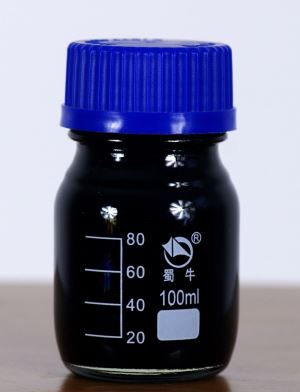
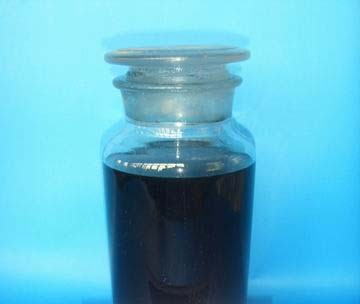
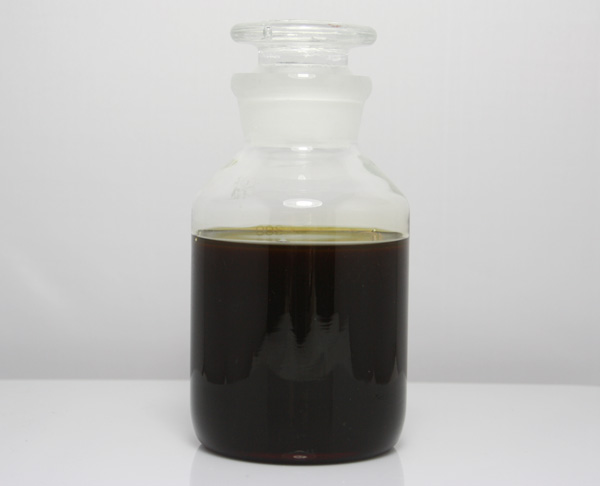
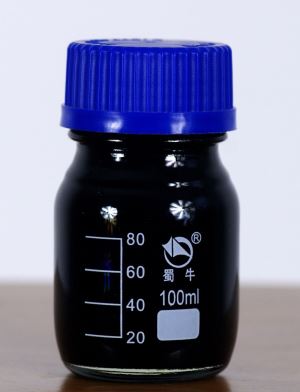
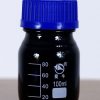

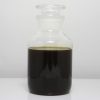
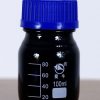
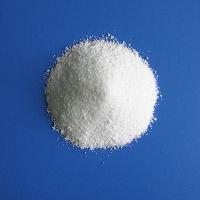

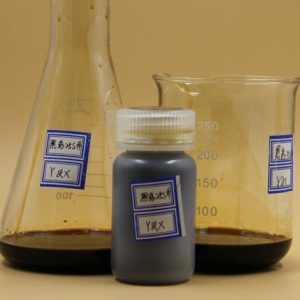


Reviews
There are no reviews yet.